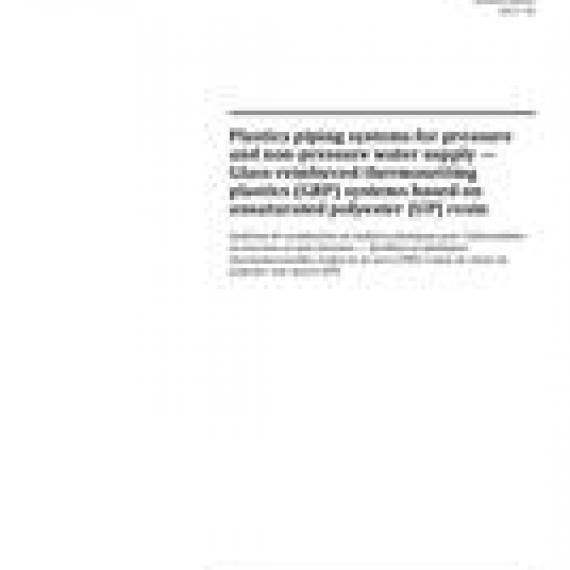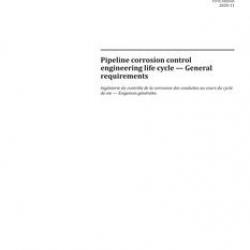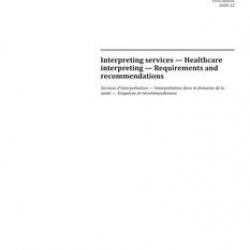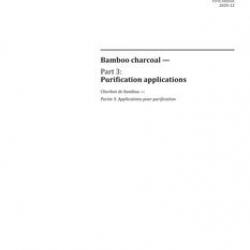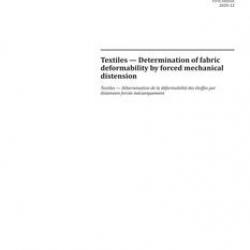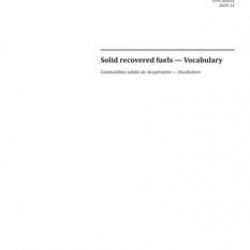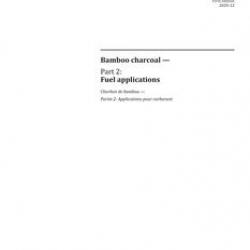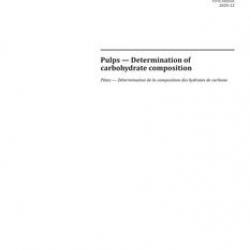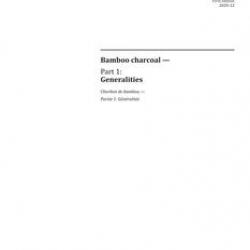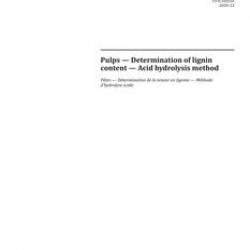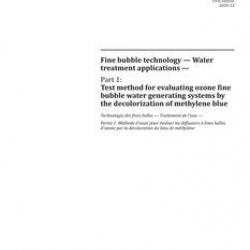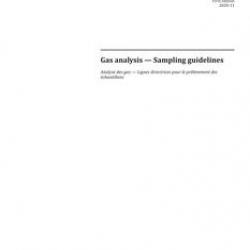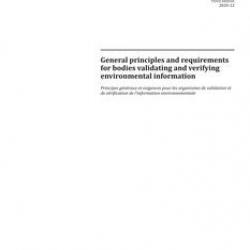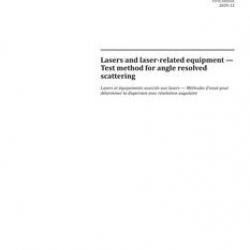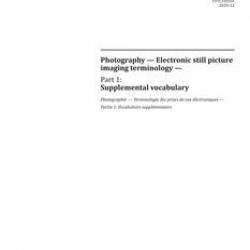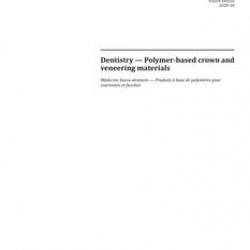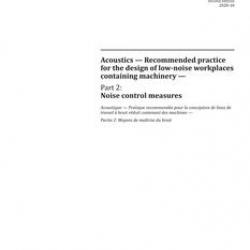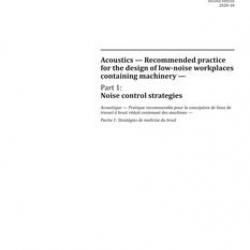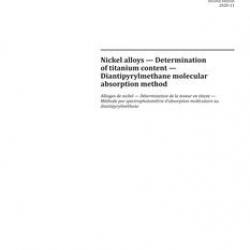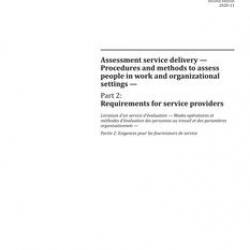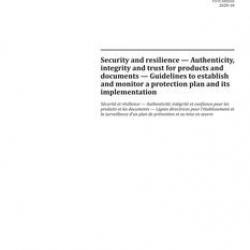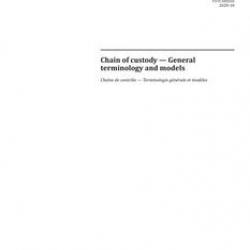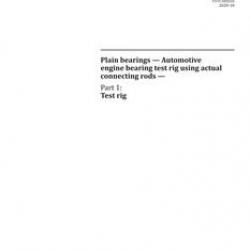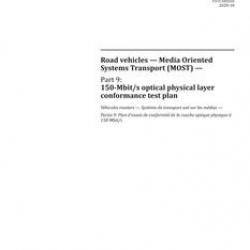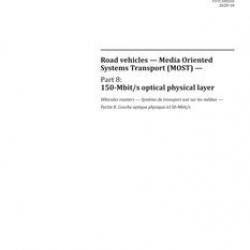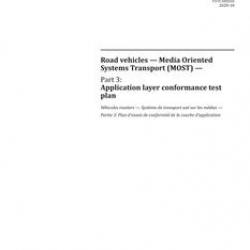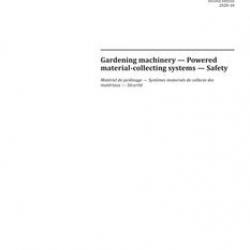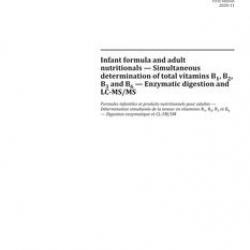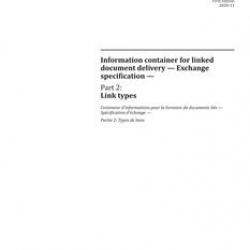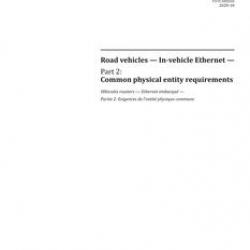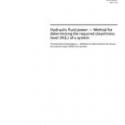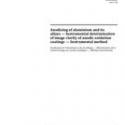No products
ISO 10639:2017
ISO 10639:2017 Plastics piping systems for pressure and non-pressure water supply - Glass-reinforced thermosetting plastics (GRP) systems based on unsaturated polyester (UP) resin
standard by International Organization for Standardization, 10/01/2017
Full Description
ISO 10639:2017 specifies the properties of piping system components made from glass-reinforced thermosetting plastics (GRP) based on unsaturated polyester resin (UP). It is suited for all types of water supply with or without pressure, including, but not limited to, raw water, irrigation, cooling water, potable water, salt water, sea water, penstocks in power plants, processing plants and other water-based applications. ISO 10639:2017 is applicable to GRP UP piping systems, with flexible or rigid joints with or without end thrust load-bearing capability, primarily intended for use in direct buried installations.
NOTE 1 For the purpose of ISO 10639:2017, the term polyester resin (UP) also includes vinyl-ester resins (VE).
NOTE 2 Piping systems conforming to ISO 10639:2017 can also be used for non-buried applications, provided the influence of the environment and the supports are considered in the design of the pipes, fittings and joints.
NOTE 3 ISO 10639:2017t can also apply for other installations, such as slip-lining rehabilitation of existing pipes.
NOTE 4 ISO 10639:2017 is also referenced in ISO 25780, which specifies requirements for GRP-pipes used for jacking installation.
The requirements for the hydrostatic pressure design of pipes referring to ISO 10639:2017 meet the requirements of ISO/TS 20656-1 and the general principle for the reliability of structures detailed in ISO 2394 and in EN 1990. These International Standards provide procedures for the harmonization of design practices and address the probability of failure, as well as possible consequences of failures. The design practices are based on a partial safety factor concept, as well as on risk management engineering.
ISO 10639:2017 is applicable to pipes, fittings and their joints of nominal sizes from DN 50 to DN 4000 which are intended to be used for the conveyance of water at temperatures up to 50 C, with or without pressure. In a pipework system, pipes and fittings of different nominal pressure and stiffness ratings may be used together. Clause 4 specifies the general aspects of GRP UP piping systems intended to be used in the field of water supply with or without pressure.
Clause 5 specifies the characteristics of pipes made from GRP UP with or without aggregates and/or fillers. The pipes may have a thermoplastics or thermosetting resin liner. Clause 5 also specifies the test parameters for the test methods referred to in ISO 10639:2017.
Clause 6 specifies the characteristics of fittings made from GRP UP, with or without a thermoplastics or thermosetting resin liner, intended to be used for conveyance of water. Clause 6 specifies the dimensional and performance requirements for bends, branches, reducers, saddles and flanged adaptors. Clause 6 covers requirements to prove the structural design of fittings. It is applicable to fittings made using any of the following techniques:
- fabrication from straight pipes;
- moulding by
filament winding, tape winding, contact moulding, and hot or cold compression moulding.Clause 7 is applicable to the joints to be used in GRP UP piping systems to be used for the conveyance of water, both buried and non-buried. It covers requirements to prove the design of the joint. Clause 7 specifies type test performance requirements for the following joints as a function of the declared nominal pressure rating of the pipeline or system:
a) socket-and-spigot (including double-socket) joints or mechanical joints;
b) locked socket-and-spigot joints;
c) cemented or wrapped joints;
d) bolted flange joints.

